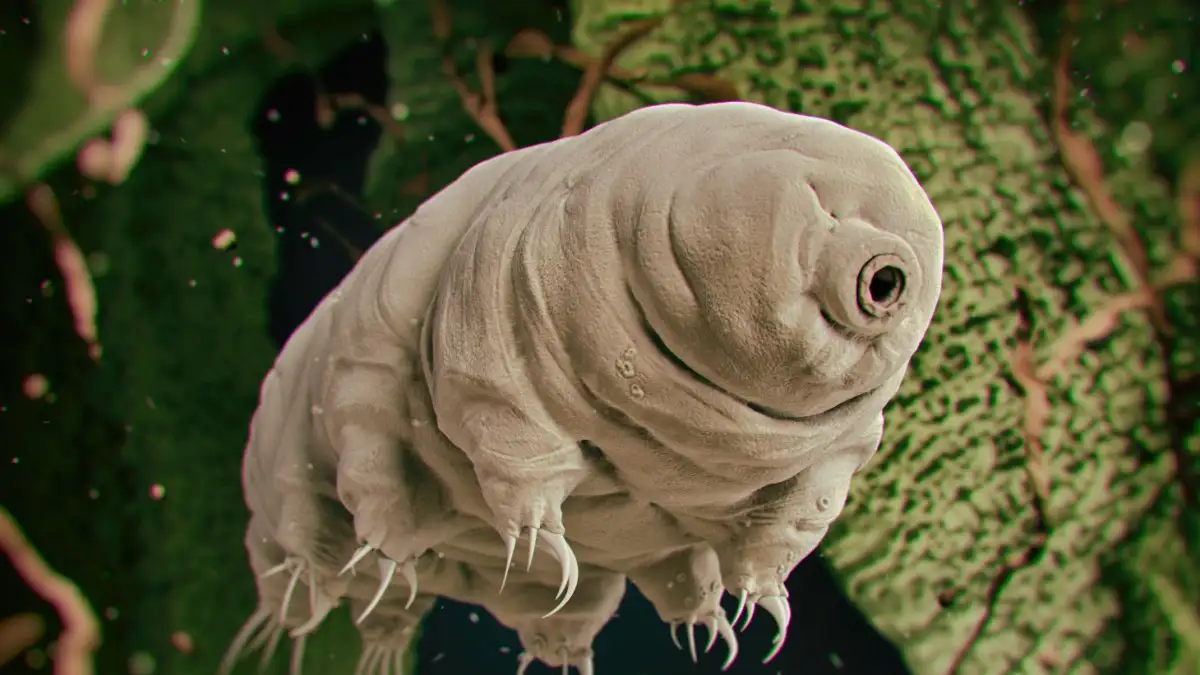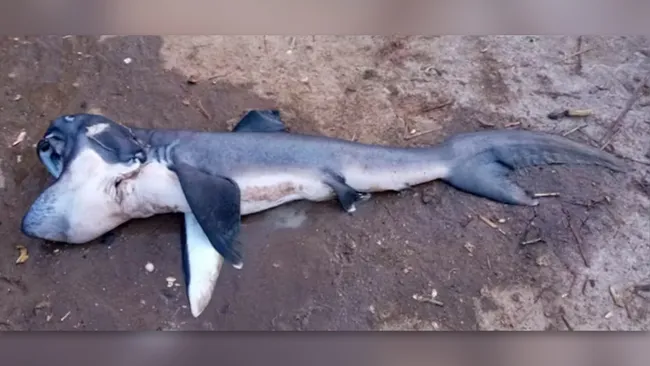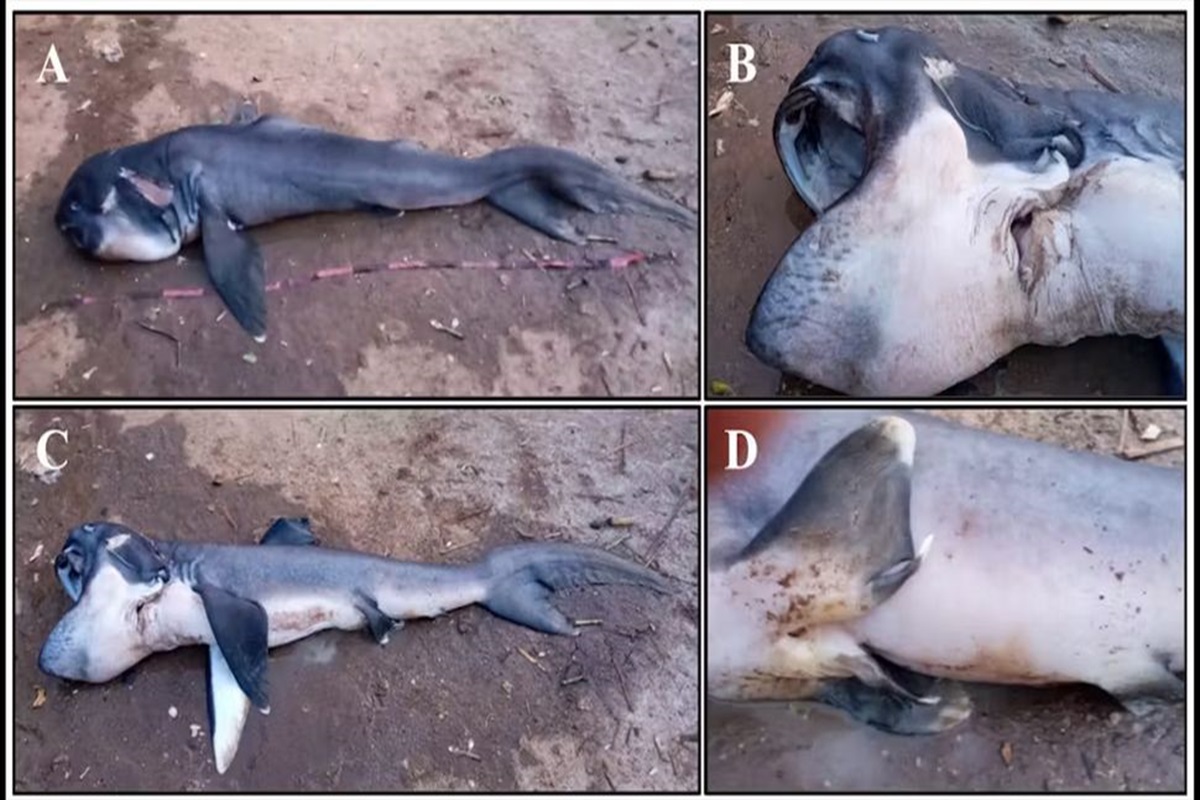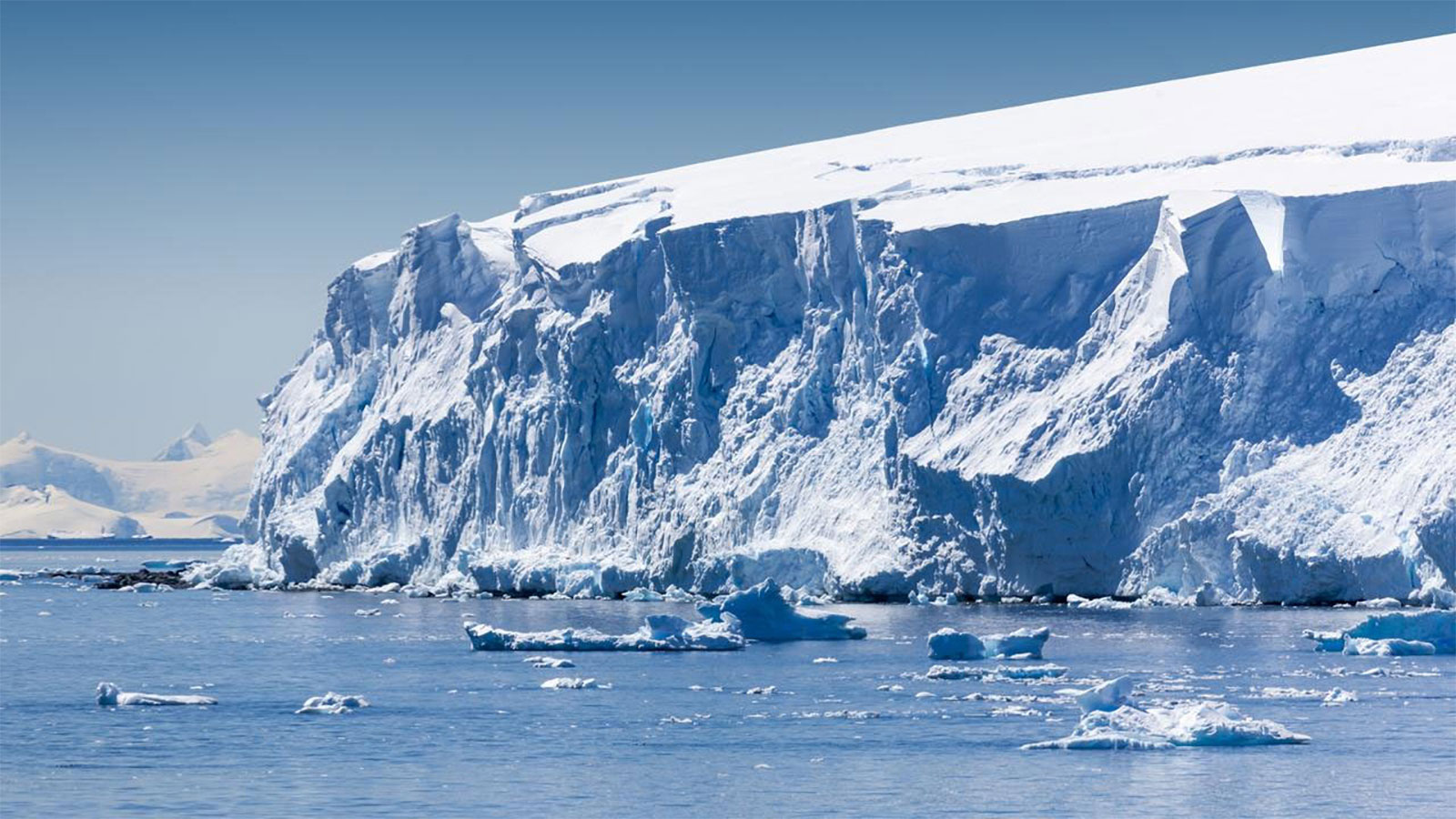Tech companies believe that electric vehicles (EVs) are the solution to climate change, but author Paris Marx disagrees. Transportation is crucial in the fight against climate change. Governments encourage people to buy cleaner EVs to reduce the environmental impact of travel. Car manufacturers are promoting new electric models to attract customers.

Marx argues that the focus on technology is misguided. Transportation shapes our cities and affects our daily lives. EVs emit fewer emissions than traditional cars, but they still have a carbon footprint due to the minerals used in their batteries.
Mining for these minerals in the global south has severe environmental and health consequences. Marx believes change should be fair and benefit society as a whole. Improving transportation should consider equity and not just benefit the wealthy.
We must understand that transforming mobility is just one part of necessary changes for a better future. Marx argues that the focus on technology is misguided. Transportation shapes our cities and affects our daily lives. EVs emit fewer emissions than traditional cars, but they still have a carbon footprint due to the minerals used in their batteries.
Mining for these minerals in the global south has severe environmental and health consequences. Marx believes change should be fair and benefit society as a whole. Improving transportation should consider equity and not just benefit the wealthy. People must understand that transforming mobility is just one part of necessary changes for a better future.









